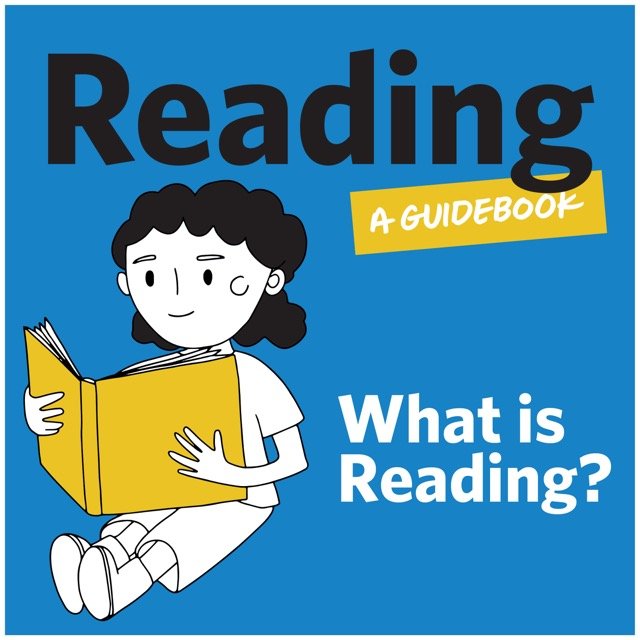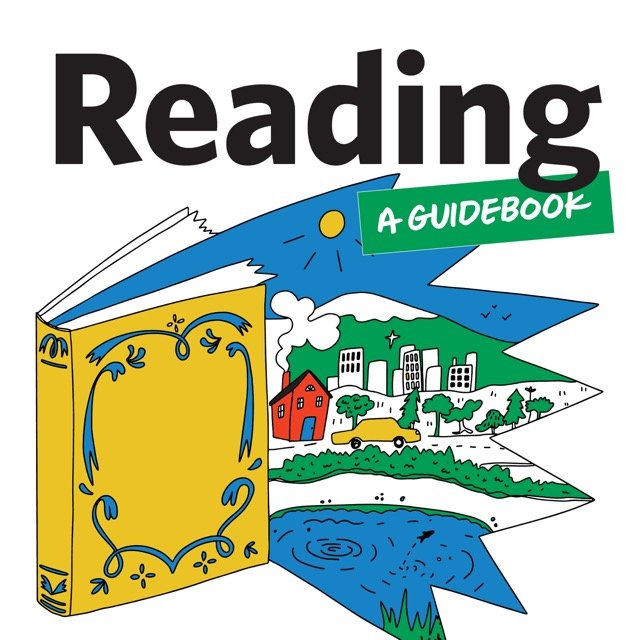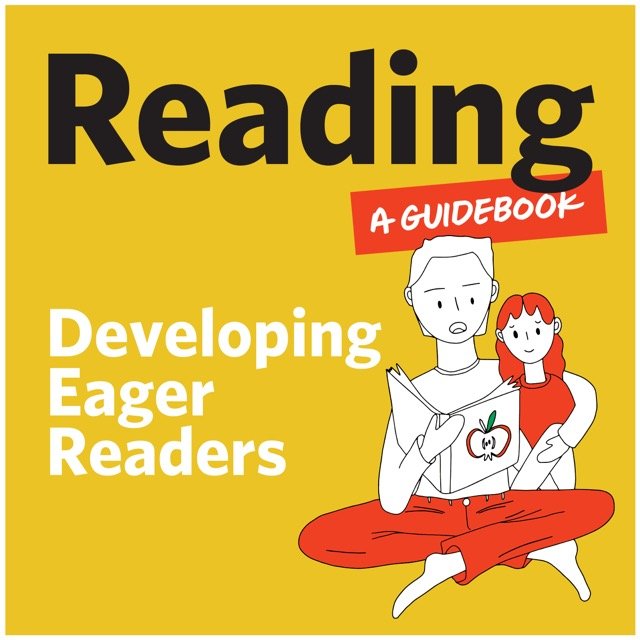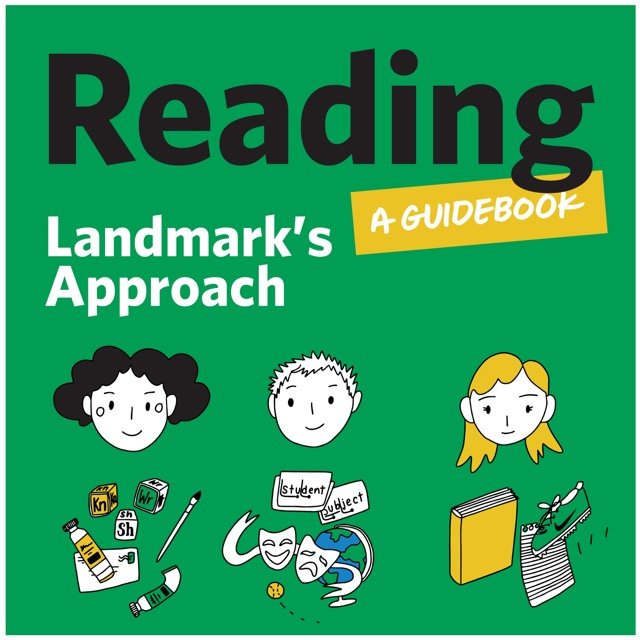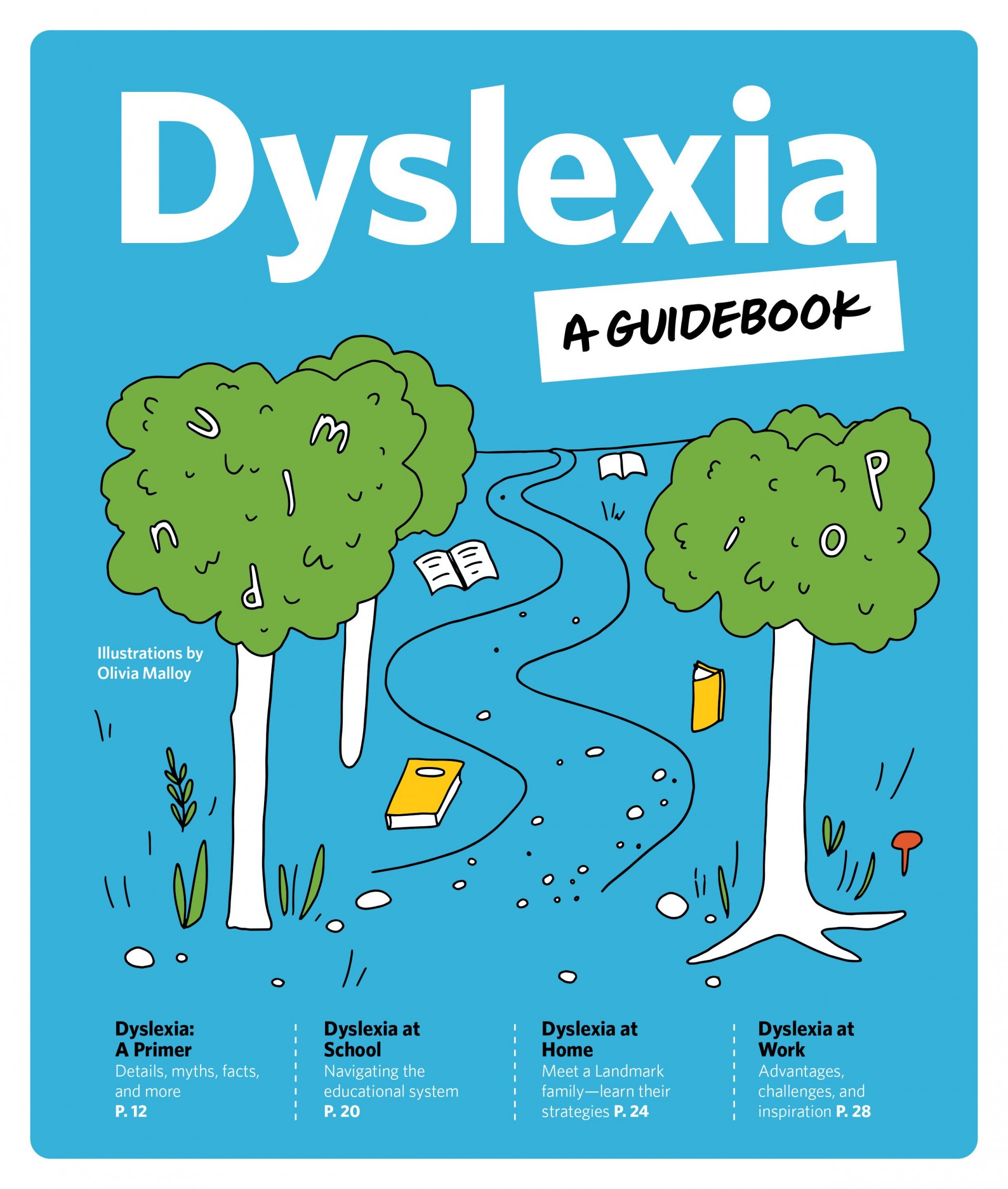- Our School
- Our Advantage
- Admission
- Elementary•Middle School
- High School
- Summer
- Giving
- Parent Resources
- For Educators
- Alumni
« Back
What is Reading?
March 21st, 2024
Part 1 of Reading: A Guidebook
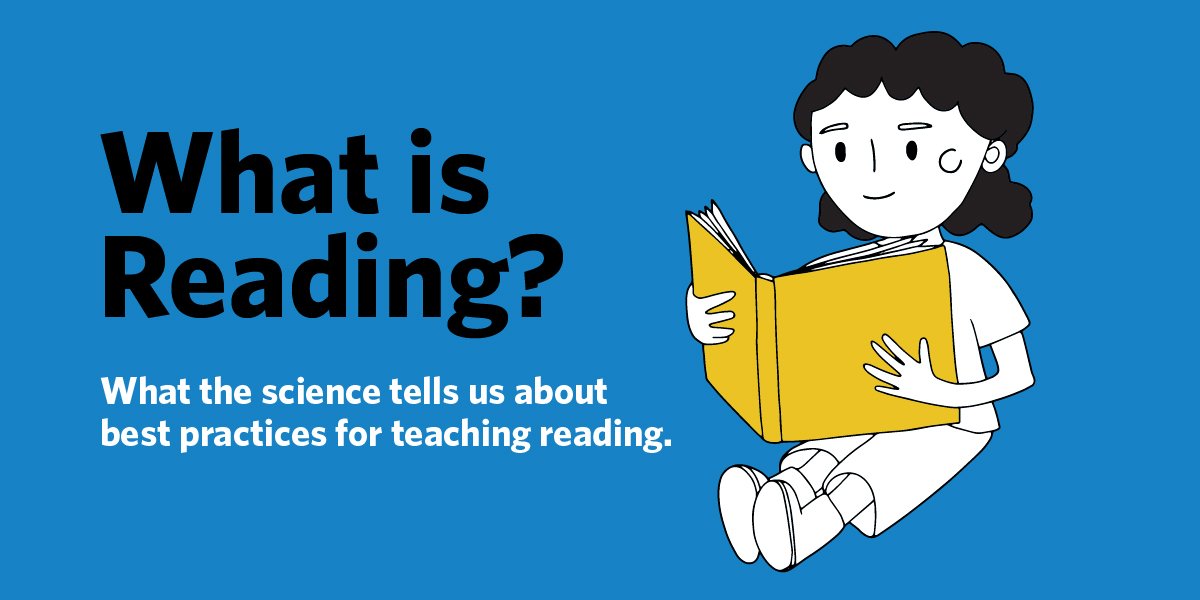

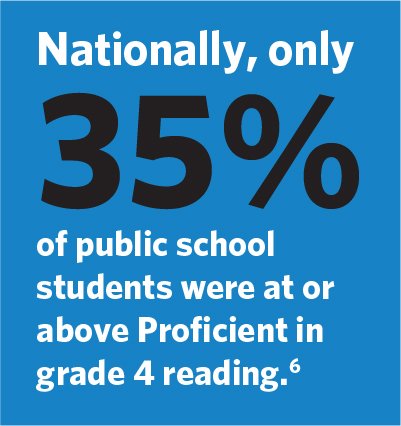
A teenager is on the school bus on their way home. They pull out their smartphone and start scrolling through their favorite social media sites—skimming and reading an unending ribbon of pictures, videos, and text. They catch the meaning of each post quickly, then move on. It looks easy, relaxed, even automatic.
Reading is anything but. According to renowned literacy expert Maryanne Wolf, “We were never born to read. Reading is a human invention that reflects how the brain rearranges itself to learn something new.”1
“The most fundamental definition of reading is being able to interpret written symbols and understand printed material.”2 But being able to read is fruitless unless there is comprehension. To achieve this level of proficiency, a variety of knowledge and skills must come together to create meaning from the text. This is known as the Simple View of Reading, a research-based reading development model.
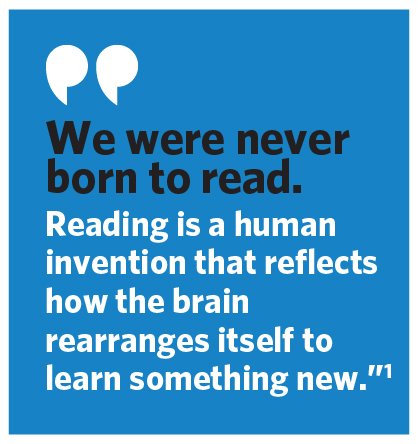

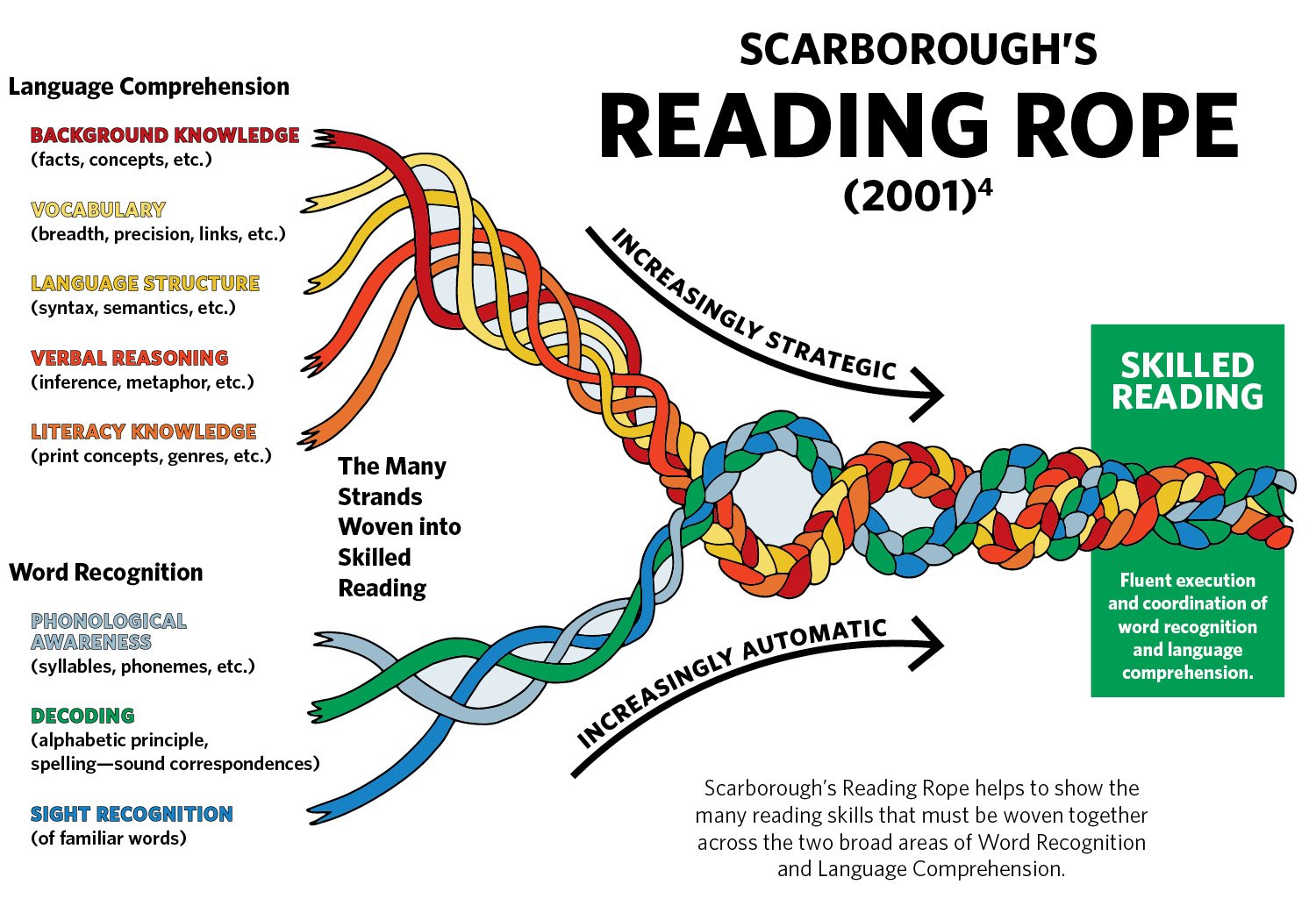
Structured Literacy
“Studies from education, literacy, developmental psychology, educational psychology, cognitive science, and neuroscience fields continue to provide evidence about how the brain learns to read, and what is needed to effectively teach reading. What has evolved is more than just phonics instruction. In 2000, a National Reading Panel determined that effective reading instruction requires five key components: phonemic awareness, phonics, fluency, vocabulary, and comprehension.” 5 (For an explanation of these concepts, see Landmark’s Approach, pg. 22)
In recent years, the International Dyslexia Association defined a systematic approach to reading instruction, known as Structured Literacy, “a comprehensive approach that teaches the Structure of language (phonology, orthography, morphology, semantics, syntax, and discourse) in an explicit, systematic, cumulative, and diagnostic way.”5 But despite all of the scientific evidence, there is still debate in many schools and districts across the country that haven’t subscribed to this evidence-based best practice.

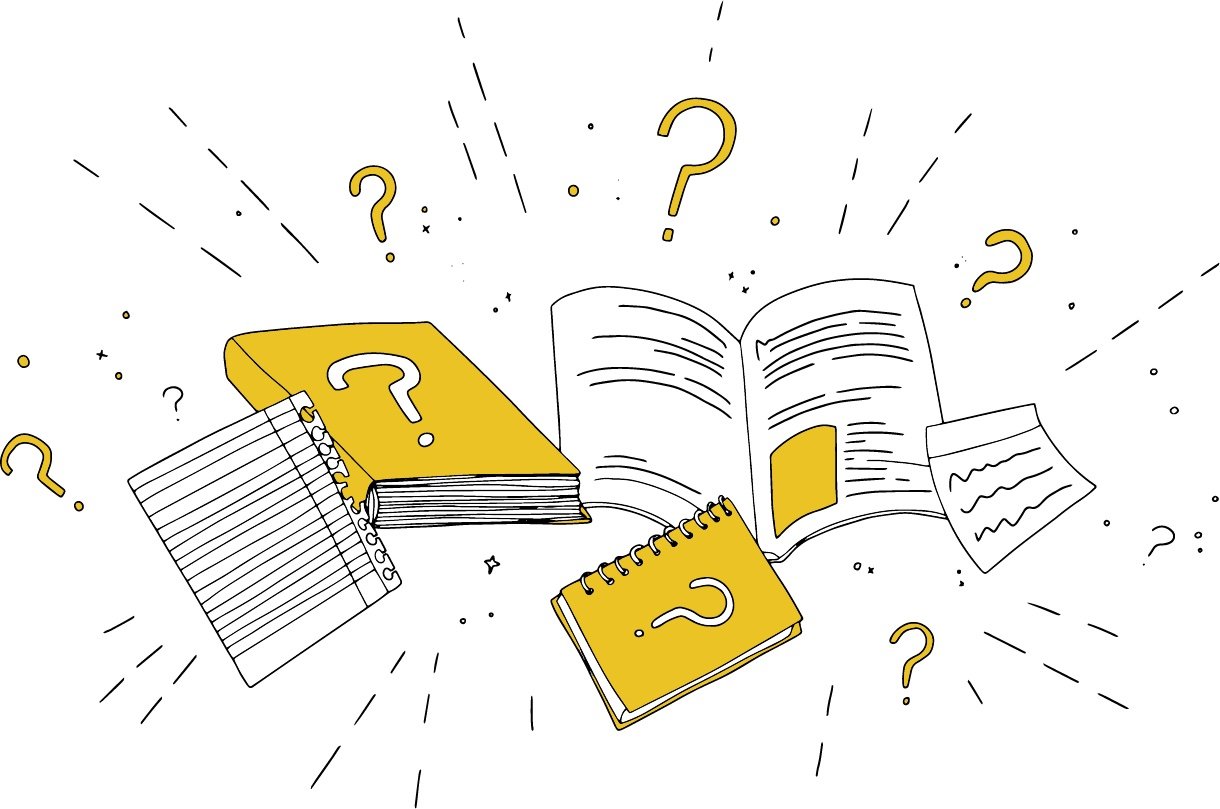
Myths Vs. Facts About Reading
The following myths and facts about reading were excerpted from a Reading Rockets article, Ten Myths About Learning to Read.8
MYTH: Learning to read is a natural process.
FACT: Learning to understand speech is indeed a natural process, but reading is a skill that is quite unnatural and very difficult to learn. Reading and writing simply have not existed long enough to be described as a “natural” phenomenon.
MYTH: Children will eventually learn to read if given enough time.
FACT: If literacy instruction needs are not met early, then the gap widens between proficient and struggling readers. Research has shown that if a child is not reading grade-appropriate materials by the time they are in the fourth grade, the odds of that child ever developing good reading skills are very slim.
MYTH: Reading programs are “successful”.
FACT: There are a few programs that, if properly implemented, could help a school move in the right direction with reading instruction, but nothing could ever take the place of a knowledgeable and talented teacher.
MYTH: We used to do a better job of teaching children to read.
FACT: Based on statistics from the National Assessment of Educational Progress (NAEP), we have evidence that this is not true.9 Other investigations have found that literacy rates have not changed in this country since World War II, and some studies suggest that literacy rates were worse before the war. Literacy is an indispensable prerequisite for success now and in the future.
MYTH: Phonemic awareness is a consequence of reading acquisition.
FACT: The most compelling evidence for the importance of phonemic awareness (thinking about and working with the individual sounds [phonemes] in spoken words) stems from the research that has shown that when children are taught to develop phonemic awareness, they are more likely to develop good word decoding skills faster and earlier than children who are not taught to be aware of phonemes in spoken words.
MYTH: Short-term tutoring for struggling readers can get them caught up with their peers, and the gains will be sustained.
FACT: Such gains made by children in these programs (and even those gains are questionable) are not sustained for very long once they leave the program. Studies of these pull-out tutoring programs have shown that children who are not thriving like their peers in the classroom continue to fail to thrive when they are placed back in that classroom full-time.

Citations
1 Wolf, M. (2010). Proust and the squid: The story and Science of the reading brain. Icon Books.
2 Johnson, B. (2017, March 9). What is Reading? Children’s Literacy Foundation (CLiF). January 5, 2024
3 Gough, P.B., & Tunmer, W.E. (1986). Decoding, Reading, and Reading Disability. Remedial and Special Education, 7(1), 6–10.
4 What is the Reading Rope? (n.d.). Braintrust Tutors. March 16, 2023
5 The Science of Reading vs. Balanced Literacy: The History of the Reading Wars. (2022, June 30). Lexia. January 5, 2023,
6 NAEP Report Card, N. (n.d.). NAEP Report Card: Reading. The Nation’s Report Card.
7 Parker, A. (2023, September 11). US literacy rate statistics for 2024 (Trends & Data). Prosperity For All.
8 Wren, S. (n.d.). Ten Myths About Learning to Read. Reading Rockets. 2023
9 NAEP Long-Term Trend Assessment Results: Reading and Mathematics. The Nation’s Report Card. (n.d.-a).
The Reading Guidebook was compiled by representatives from Landmark School, empowering students with reading challenges, and Landmark Outreach, PD and coaching for educators.
Reading: A Guidebook Blog Series
Click on each of the images below to see that blog article. Or download the entire guidebook using the form.
Download Reading: A Guidebook
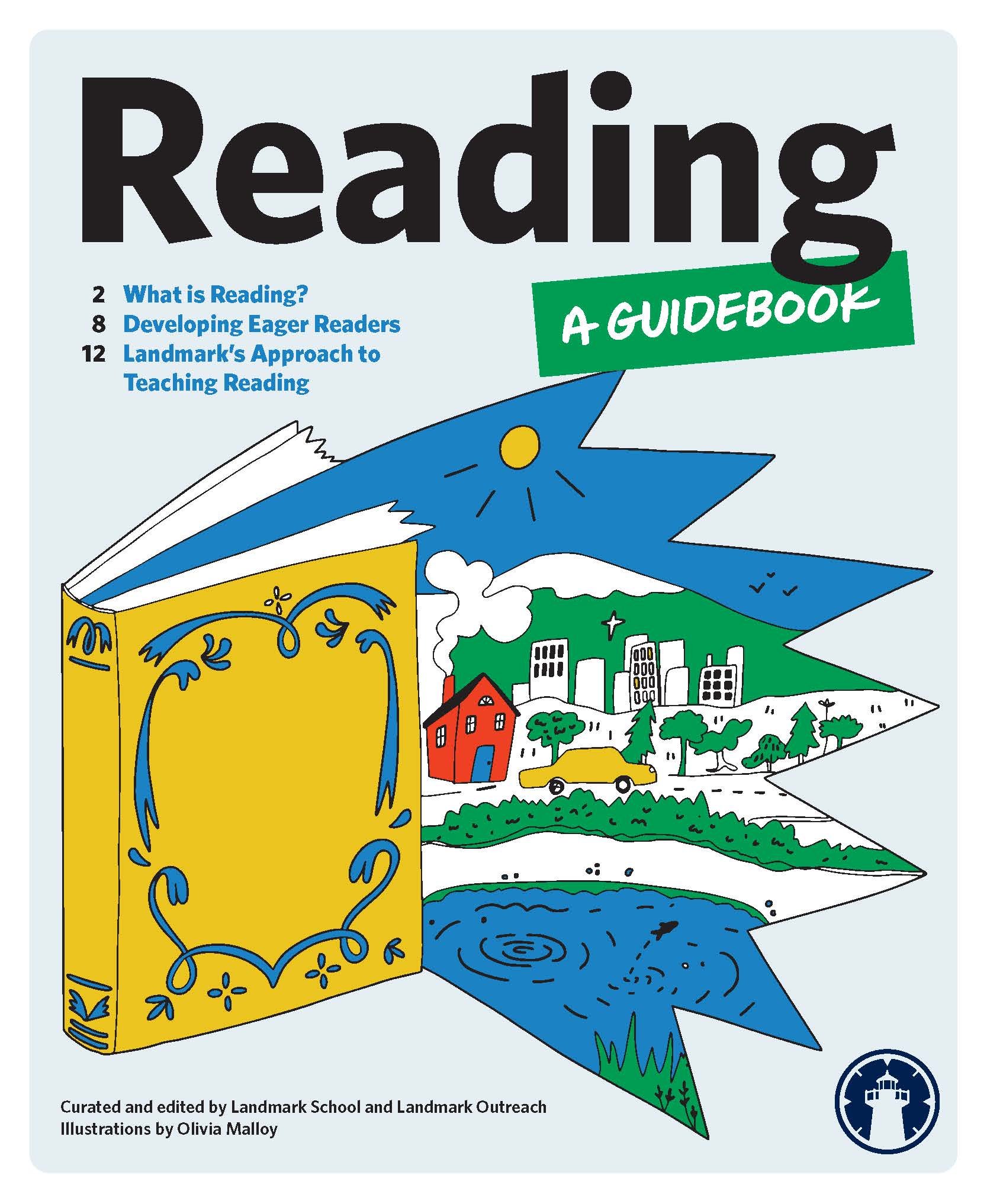
Posted in the category Learning.








.jpg?v=1652115432307)





